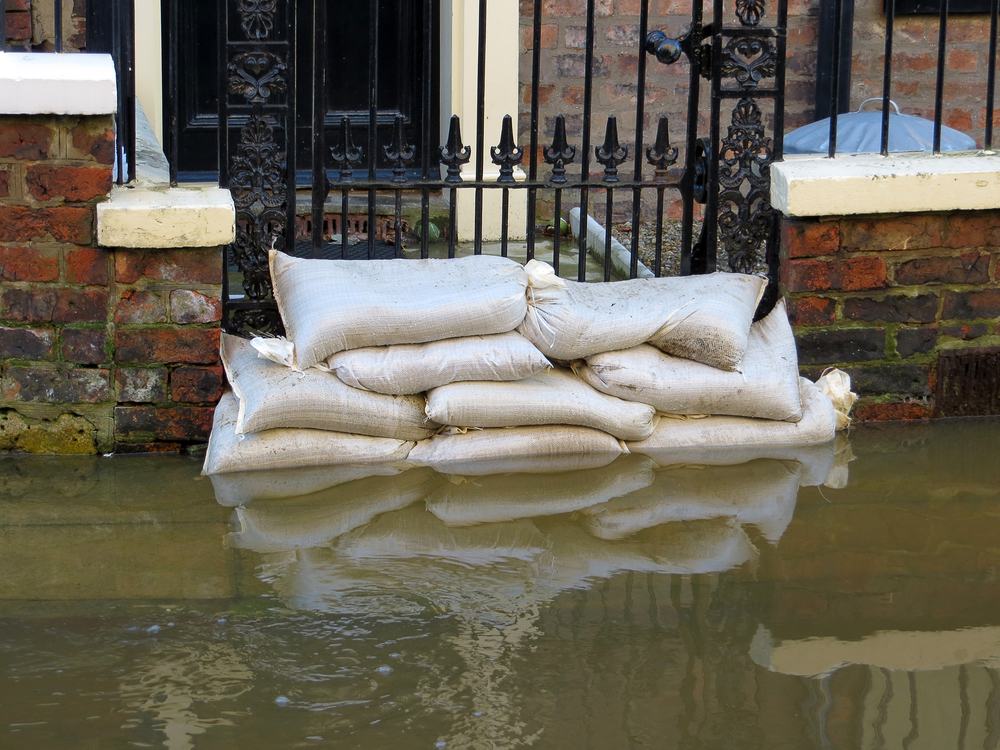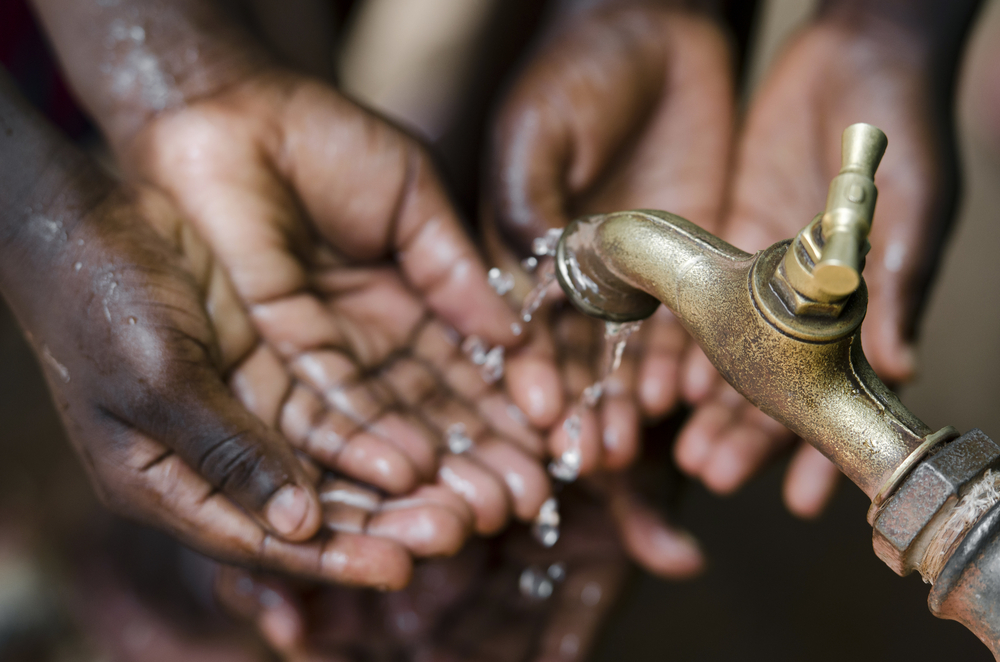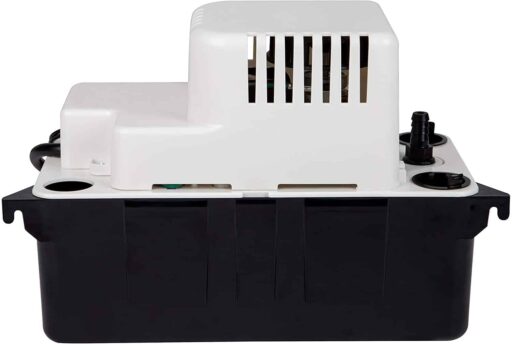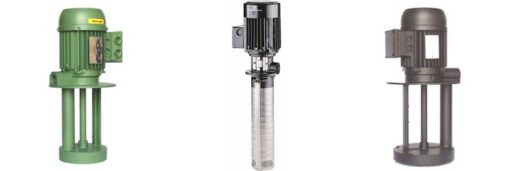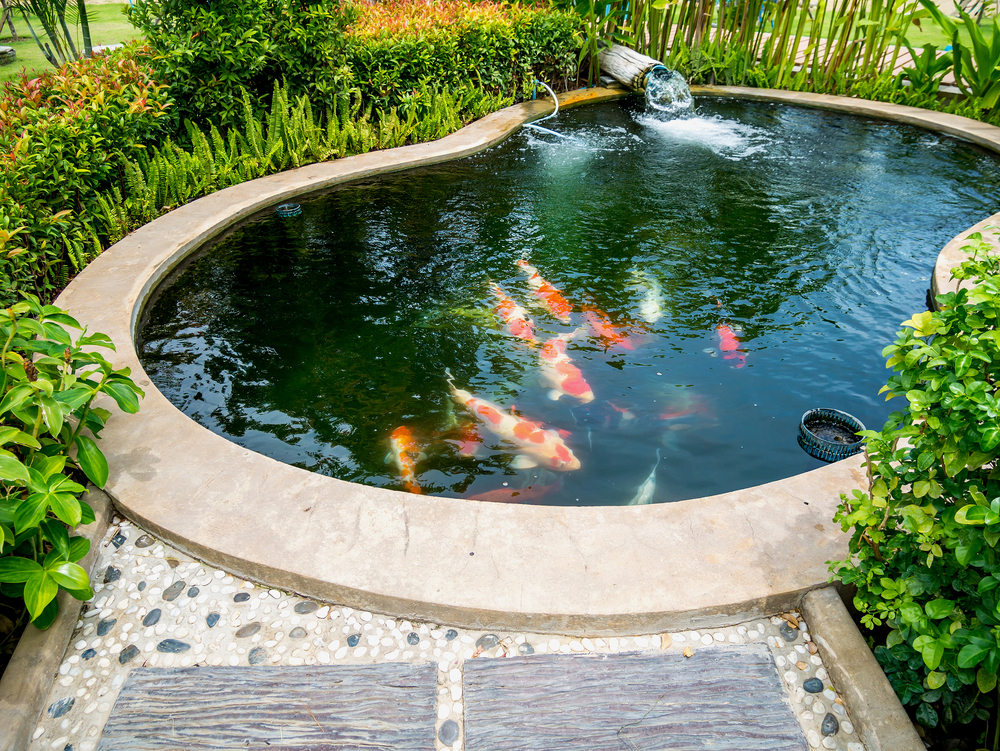
A pond is an attractive proposition for many homeowners. A body of water brings with it a burgeoning ecosystem of aquatic wildlife and vegetation, as well as aesthetic value. Despite the obvious advantages of having a garden pond, the effort required to actually build and maintain a thriving pond is an insurmountable stumbling block for many. Creating the perfect pond may not be as painstaking a task as you may have anticipated. With this quick guide as a head start, you may find it a great deal easier than expected.
Construction
The construction aspect of installing a pond into your garden is far and away the most costly and arduous component of the whole endeavour. Before lining the pond, the turf itself has to be excavated to your desired shape and depth by hand – whether you choose to dig it yourself or hire someone else is completely up to you. From there, a pond filter has to be installed to keep the water clean. A not altogether essential but nevertheless significant step is to surround the pond with rocks, stones or slabs as both a practical and decorative addition.
Wildlife
The type of wildlife you intend to attract to your pond will also dictate how you maintain it. Koi fish, while relatively hardy and resilient, require a finely tuned set of conditions in order to flourish. Neutral pH levels, excessive filtering and sterilisation of bacteria are all prerequisites for a koi pond.
And while your instinct may agree to this in order to cultivate glistening crystal-clear waters, much of the wildlife typical of British ponds actually prefer to operate in much more congested waters full of vegetation. Tadpoles for example, depend on a bountiful source of algae as their primary food source. The Royal Horticultural Society recommends that only around 50% of surface water should be free from vegetation.
Plants
Any plants that you choose to inhabit your pond serve a practical purpose as well as an ornamental one. Certain plant species will help oxygenate your pond and some will even attract other species and wildlife. Other pond plants with unassuming names like water fern and floating pennywort are actually invasive and can have a devastating impact on the surrounding ecosystem – be extremely careful which plant life you choose to introduce.
Cost
Costs can vary wildly depending on the size of your pond and the type of life you want to live in it. Even within a single species, costs can differ dramatically from one purchase to another. Koi fish for example, a hugely popular pond species, can range in price from £10 to thousands and thousands; it all depends on your preferences.
Maintenance
Even the most unkempt garden pond requires a certain amount of maintenance. Thinning out overgrown plants and removing any debris that may accumulate in the water are minimum requirements for a healthy pond. A full and thorough overhaul in which a submersible dirty water pump is used to drain the pond is required once every five years.

